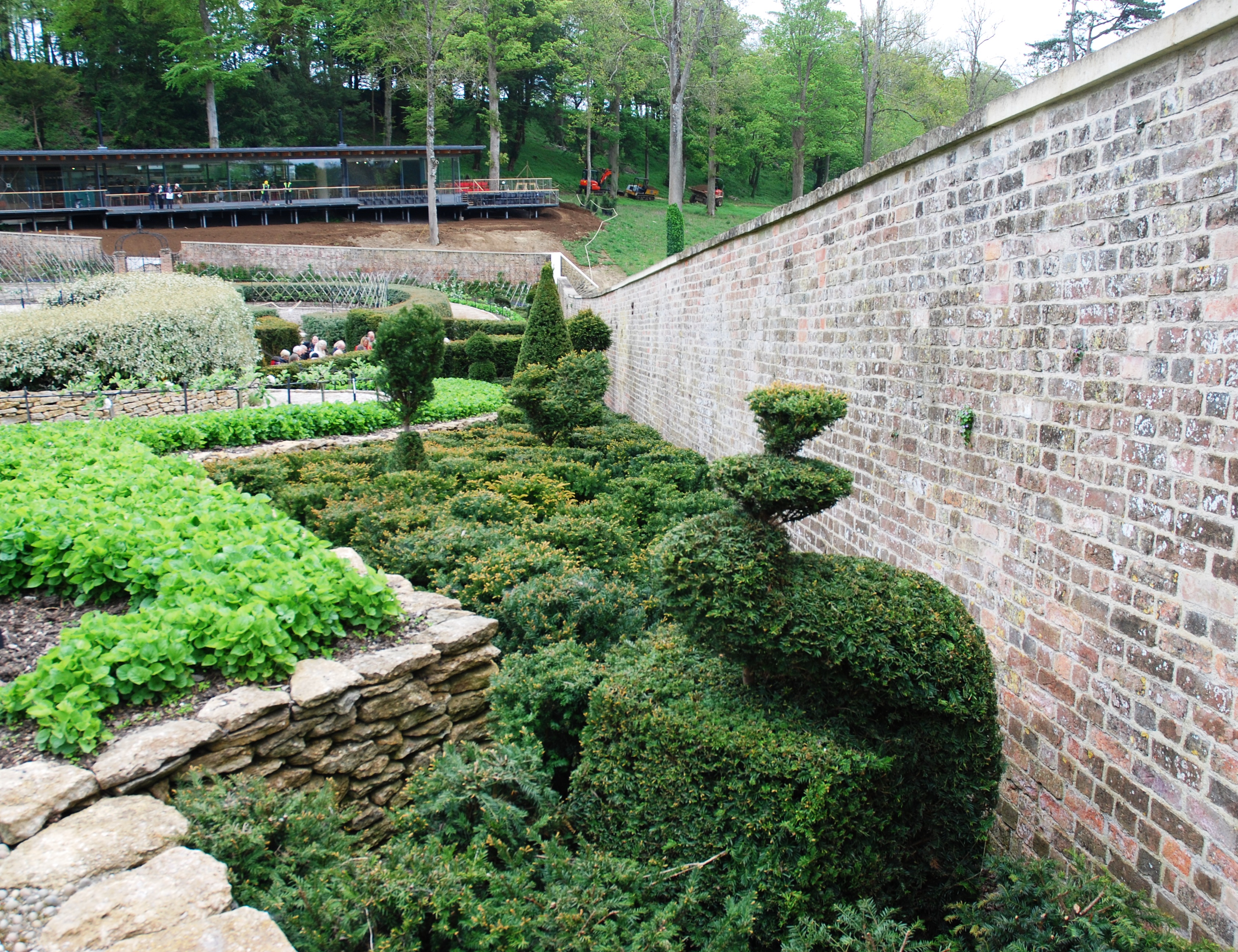Brutting is a really simple technique to make your hazel or cobnut trees produce more nuts. It is done in August. You can do this on any type of hazel, cobnut or purple hazel. All you do is snap (but don’t break off) the ends of all the new shoots that were made this year.… Continue reading Brutting Hazel to Get More Nuts!
Trim Lavender Around Late February
This post is a bit late for getting in a February trim, but since the weather hasn’t been great this year we think your Lavender deserves a bit of a rest first (phew, I got away with that one!). Our school of thought on Lavender clipping is to do it twice a year: A light… Continue reading Trim Lavender Around Late February
A Yew Supplier’s Thoughts for Yew
We say 3 things about Yew – quick growing when young, likes clay on the dry side & is very durable.
When to prune trees? Winter-Summer
Pruning a tree is not like trimming a hedge, although a seriously overgrown hedge is basically a row of scrubby trees that could need pruning to restore it to a proper hedge again. Young ornamental trees may be shaped using secateurs to prune side shoots, but removing branches on an adult tree will need a… Continue reading When to prune trees? Winter-Summer
When to clip, trim & prune hedges?
Winter and Summer Winter is generally the best time to prune woody subjects and it certainly is the best time to trim the hedge plants you have just planted. Hedges must be clipped and sometimes pruned. Fruit trees need some pruning to maintain the best crops. Older ornamental trees can need pruning if they are damaged or… Continue reading When to clip, trim & prune hedges?
Apple Pollination Groups & Dates
Spring and apple blossom are months away, what does pollination have to do with anything in October? Nothing, if you already have apple trees that are happily partnered up. But the bareroot tree planting season is almost here and if you are planning on adding some apple trees to your garden, you need to make… Continue reading Apple Pollination Groups & Dates
Get the Ground Ready for Lavender
If you are planning on buying lavender plants this year here are a few tips which might help you grow them just that little bit better. 1. Don’t buy your lavender until towards the end of May. Lavender is a funny old thing – the angustifolia varieties such as Hidcote and Munstead are as tough… Continue reading Get the Ground Ready for Lavender
Hedging – Plants with Feet of Clay
It is all hedging at this time of year…. These yew hedge planting pointers apply equally to almost all other hedging plants as well, certainly anything that needs a well drained soil. You can dig a trench to plant your hedging if the ground is well drained. You can improve the soil as much as… Continue reading Hedging – Plants with Feet of Clay
To Fedge or Not to Fedge?
That is the question: Whether ’tis nobler in the willow to suffer the slings and arrows of outrageous fedgeune, or to take arms against a sea of fedges, and by opposing end them. Willow fedges are living structures made from closely planted willows. Ornate structures can be built up; chairs, houses, pergolas and so on,… Continue reading To Fedge or Not to Fedge?
Fruit Trees at Altitude
We get hundreds of enquiries a year about growing fruit trees in the UK at altitude and our answers usually start off with something like: “Unfortunately your location sounds beautiful but (from the perspective of fruit trees) terrible. Your site is high up and almost certainly windy given that you are south facing and prevailing… Continue reading Fruit Trees at Altitude










